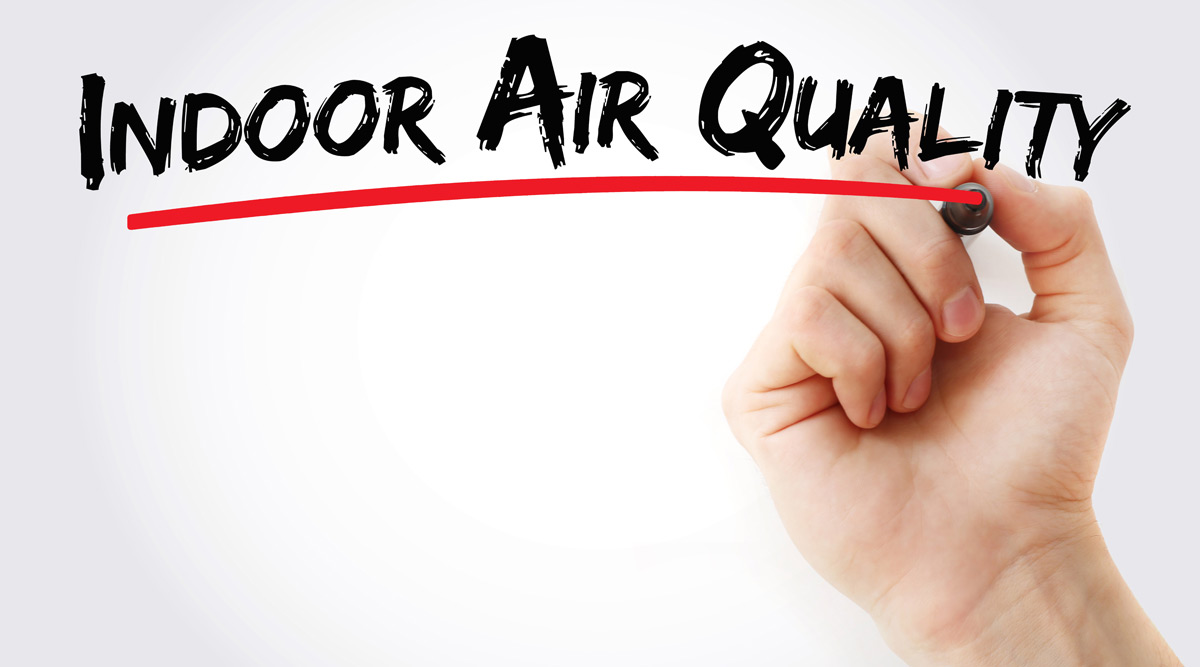Humidity and Its Negative Effect on Your Indoor Air Quality

Healthy Indoor Air Quality
Humidity is one of the most important components of indoor air quality. Indoor air quality (IAQ) has never been more important that it is right now. Allergens such as mold and mildew flourish in high humidity conditions.
Temperature, water damage, ventilation, and air flow all contribute to how humidity contribute to indoor air quality. “According to the Occupational Safety and Health Association (OSHA), some of the most common causes of poor indoor air quality include high humidity and poor upkeep of ventilation, heating and air conditioning systems.” (source https://www.osha.com/)
Humidity and its Affect on Indoor Air Quality
Mold, mildew, bacteria, dust mites and viruses thrive in high humidity conditions. These contaminants are also common causes of respiratory infections. Higher humidity can also increase levels of airborne contaminants found in household cleaners, perfumes from dyes in furniture, or adhesives.
The same is true for extremely low humidity levels. These situations can dry your skin out, dry throats, make eyes more sensitive, headaches, and even lead to congestion.
High humidity is often found in warmer climates, as well as in workplaces with inadequate ventilation and poorly functioning air conditioning systems. In high relative humidity conditions (over about 50-60% depending on the temperature), the problems can get serious:
Humidity and Mold Growth
Moist air can promote mold growth. Especially if there has been water damage or areas that are frequently wet, like bathrooms or entryways. Symptoms of mold growth are congestion, eye redness, skin rash, labored breathing, and in extreme cases respiratory infections. Asthma sufferers can have severe reactions to mold. Damp air causes condensation to form that can decrease your home’s indoor air quality.
According to ASHRAE, “The majority of adverse health effects caused by relative humidity can be minimized by maintaining indoor levels between 40 and 60%. The American Society of Heating, Refrigerating, and Air Conditioning Engineers (ASHRAE) recommends temperature ranges of 68°F to 78°F at 50% relative humidity as comfortable for sedentary work.”
Controlling Humidity Levels for Optimal Indoor Air Quality
Homeowners need to be conscience about controlling humidity to provide the highest IAQ possible. Preventing high humidity levels will prevent you or your family from becoming ill due to poor indoor air quality.
IAQ testing can check temperature, air flow and humidity levels in each room of your home. These levels can vary from room to room and they need to be monitored and set for each living area. This testing will track humidity levels throughout the day. An indoor air quality test will also check for leaks, water damage, and any residual odors from existing furniture or appliance.
Make sure that your ventilation, heating and air conditioning systems are regularly inspected and maintained to ensure the highest performance is possible. Committing to maintaining the highest level of indoor air quality can keep you and your family healthy and safe.
Doctor Cool & Professor Heat can help in designing your ductwork and air quality testing needs. Call today at 281-338-8751 or email Doctor Cool.
